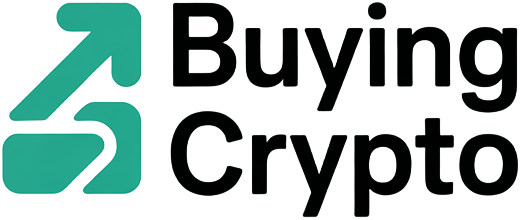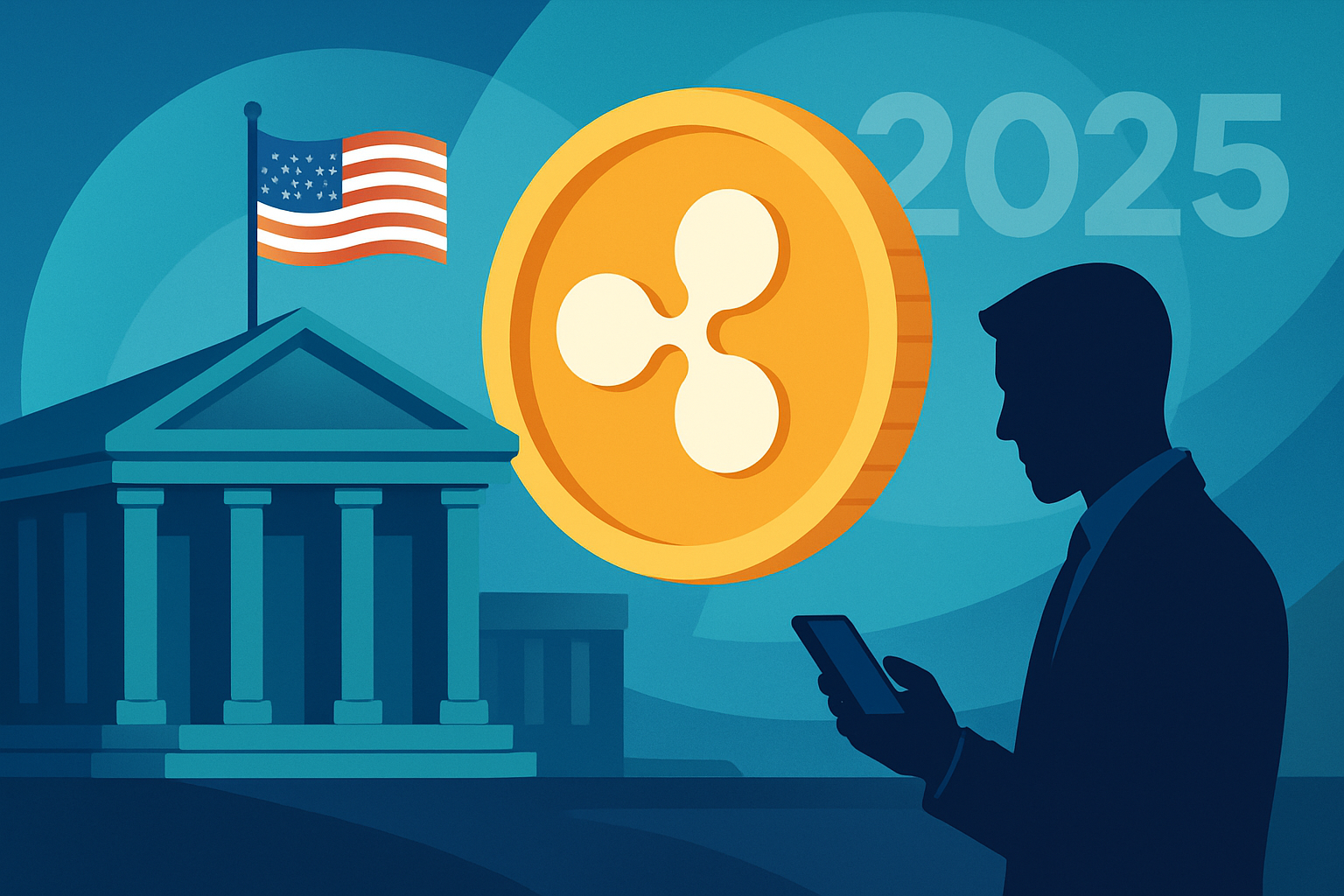How Ripple’s US Banking License Bid Signals a New Era for Crypto Onboarding in 2025
Ripple’s bid for a US national banking license in July 2025 is more than just another regulatory headline. It’s a signal flare for the entire crypto sector, marking a pivotal…


